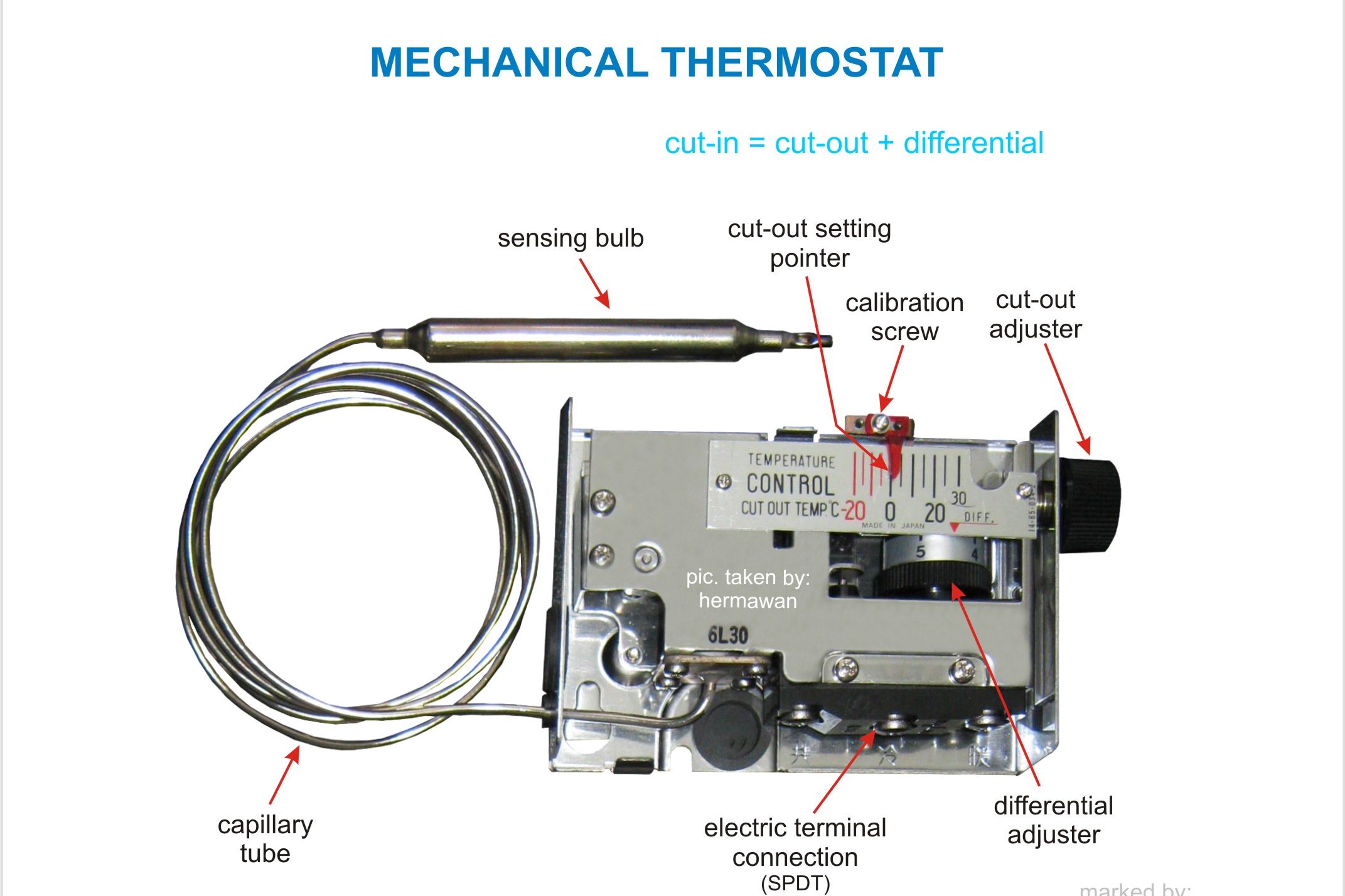When it comes to AC Systems, an AC Thermostat is a crucial component in controlling the temperature of the air. As they allow us to control and regulate the temperature of our home or office. In fact an AC Thermostat’s Functioning takes place by responding to changes in temperature and then adjusting the AC’s Temperature accordingly. In this blog, you will gain a comprehensive knowledge of an AC’s Thermostat Functioning. Furthermore, we will discuss the different parts of an AC thermostat and their functions.
AC Thermostat’s Functioning Explained In-Depth
An AC thermostat is a device that controls the operation of the AC system by sensing the temperature in a room and adjusting the temperature settings accordingly.
The primary function of an AC Thermostat is to maintain the desired temperature in a room. Moreover, it’s capable of sensing the temperature of the surrounding area and sends signals to the AC unit to turn on or off the compressor, fan, or both. When the temperature in the room reaches the desired setpoint, the thermostat turns off the AC unit, and when the temperature rises above the setpoint, it turns the unit back on.
And If your AC’s thermostat isn’t working properly, then your AC will not be able to adequately cool your home. You may find that your home is too hot or too cold, or that the AC is cycling on and off too frequently. You may also find that your energy bills are higher than usual. In such cases, it’s best to book AC Services from a Reliable AC Servicing Brand like We4U India, which offers you the leverage of availing AC Repair Services at prices as low as ₹299*.
Also Read: Refrigeration Function: Everything You Need To Know to learn how a Refrigerator works.


Parts Involved in AC Thermostat’s Functioning
The thermostat contains several parts that work together to ensure that AC Thermostat’s Functioning is taking place efficiently. However, it’s noteworthy that these parts often go through breakdowns or malfunctioning. Thus it’s important for us to keep booking AC Repair Services regularly to diagnose their health and functioning.
1. Temperature Sensor
The temperature sensor is the most important part of the thermostat. It senses the temperature in the room and sends a signal to the thermostat to activate or deactivate the AC system. The sensor can be either a mechanical bimetallic strip or an electronic sensor depending on the type of thermostat.
2. Thermostat Switch
The thermostat switch is responsible for turning the AC system on and off. When the temperature in the room reaches the desired level, the thermostat switch deactivates the AC system. Similarly, when the temperature rises above the desired level, the switch activates the AC system.
3. Display
The display is the part of the thermostat that shows the current temperature and the temperature settings. It can be either a mechanical dial or a digital display depending on the type of thermostat.
4. Power Supply
The power supply provides the necessary power to the thermostat to operate. It can be either a battery or a direct power source depending on the type of thermostat.
5. Wiring
The wiring connects the thermostat to the AC system and provides the necessary communication between the two. Thus making it one of the vital parts of an AC’s Thermostat. The wiring can be either a simple two-wire system or a more complex multi-wire system depending on the type of thermostat and AC system.
6. Control Board
The control board is the brain of the thermostat, thereby it becomes the most crucial part of an AC Thermostat. It receives signals from the temperature sensor and the user inputs and controls the operation of the AC system accordingly. The control board can be either a simple mechanical system or a more complex electronic system depending on the type of thermostat.
Bottom Line
All in all, the thermostat is an important yet often overlooked component of an air conditioning system. It is the device that controls the temperature of the system, based on user preferences and environmental conditions. With regular maintenance, a thermostat can last for many years, but if neglected it can malfunction, causing a host of issues. With proper care and maintenance, you can be sure that your air conditioning system will work optimally and keep you and your family comfortable in your home.



